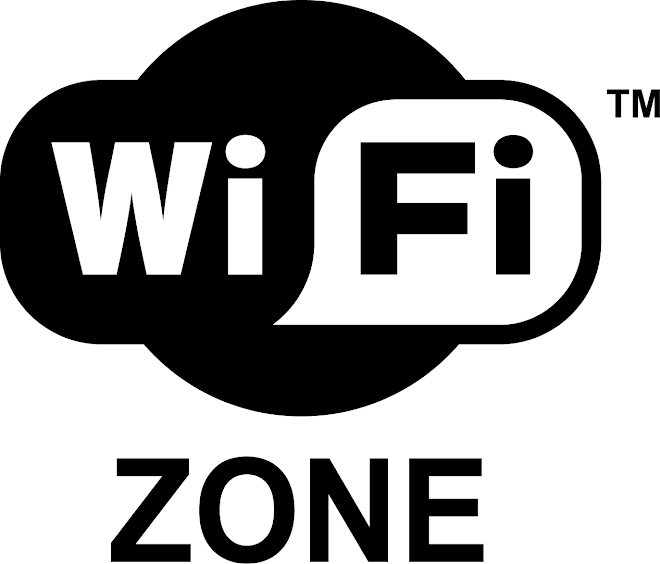IEEE 802.11a: Wireless networks that use the Institute for Electrical and
Electronics Engineers (IEEE) 802.11a standard use the 5 GHz radio frequency
band. Equipment of this type is among the fastest wireless networking
equipment widely available to consumers.
IEEE 802.11b: Home wireless networks that use the IEEE 802.11b standard
use the 2.4 GHz radio band. This is the most popular standard in
terms of numbers of installed networks and numbers of users.
IEEE 802.11g: The last and newest member of the 802.11 wireless family,
IEEE 802.11g is coming to market as this book goes to press. In fact, only
a draft of the IEEE 802.11g specification has been approved with the
finalized specs due by mid-2003. In many ways, 802.11g offers the best of
both worlds — backward compatibility with IEEE 802.11b networks (it,
too, operates over the 2.4 GHz radio frequency band) and the speed of
802.11a networks.
Data speed: IEEE 802.11a and IEEE 802.11g networks are almost ten
times faster than IEEE 802.1b networks. However, IEEE 802.11b networks
are almost ten times faster than the fastest broadband Internet connection.
Unless you expect to routinely share very large files over your network,
you probably wouldn’t be able to notice the difference in speed
between these two standards.
Price: IEEE 802.11a and g networking equipment is typically more expensive
than similar IEEE 802.11b equipment, but the price differential might
be temporary. IEEE 802.11b equipment has been on the market for a
longer period of time than 802.11a and g with dozens of products in the
marketplace. As a result, IEEE 802.11b will probably be the least expensive
version of Wi-Fi for some period of time. However if the first IEEE
802.11g products out the door are any indication, the price differential
between 802.11g and 802.11b will be negligible very soon.
Radio signal range: IEEE 802.11a wireless networks tend to have a
shorter maximum signal range than IEEE 802.11b and g networks. The
actual distances vary depending on the size construction of your home.
In most modern homes, however, all three of the competing standards
should provide adequate range.
Radio signal interference: The radio frequency band used by both IEEE
802.11b and IEEE 802.11g equipment is also used by other home devices,
such as microwave ovens and portable telephones, resulting sometimes
in network problems caused by radio signal interference. Very few other
types of devices currently use the radio frequency band employed by
the IEEE 802.11a standard.
Interoperability: Because IEEE 802.11a and IEEE 802.11b/g use different
frequency bands, they aren’t able to communicate over the same radio.
Several manufacturers, however, have already released products that
can operate with both IEEE 802.11a and IEEE 802.11b/g equipment simultaneously.
By contrast, IEEE 802.11g equipment is designed to be backward
compatible with IEEE 802.11b equipment — both operating on the
same frequency band — but in early tests of the first IEEE 802.11g products,
actual interoperability was often problematic. Nevertheless, it will
only be a matter of time before IEEE 802.11g is fully adopted, and multistandard
(802.11 a/b/g) wireless networking equipment will be the norm.
Sunday, March 14, 2010
Subscribe to:
Post Comments (Atom)


No comments:
Post a Comment